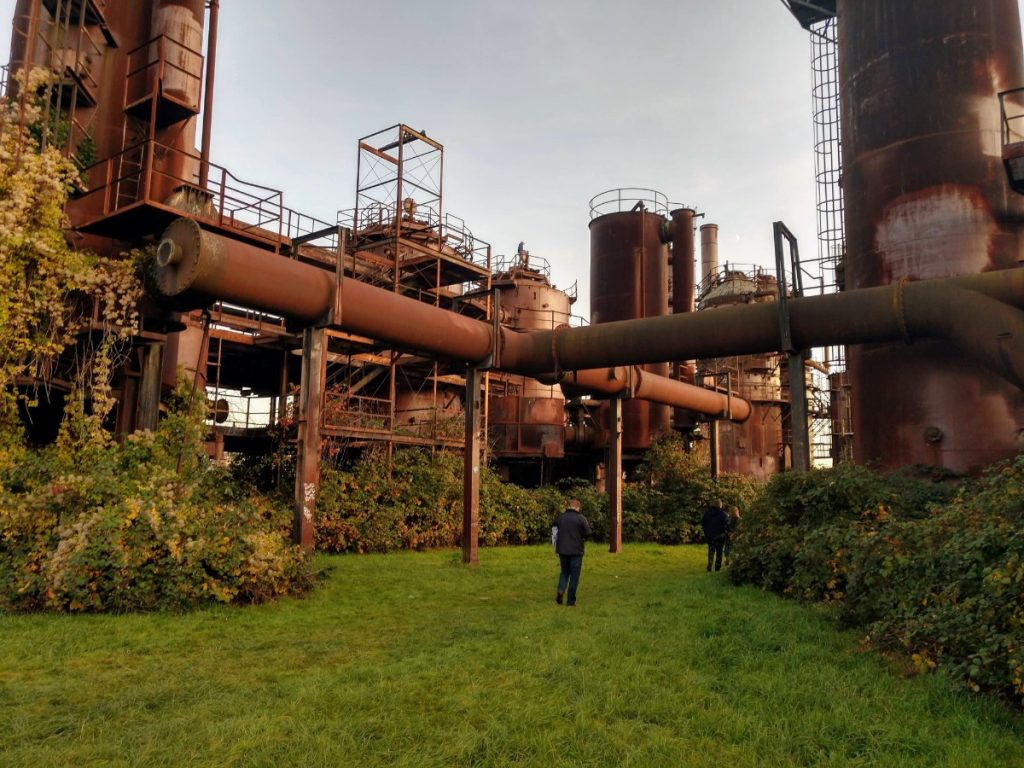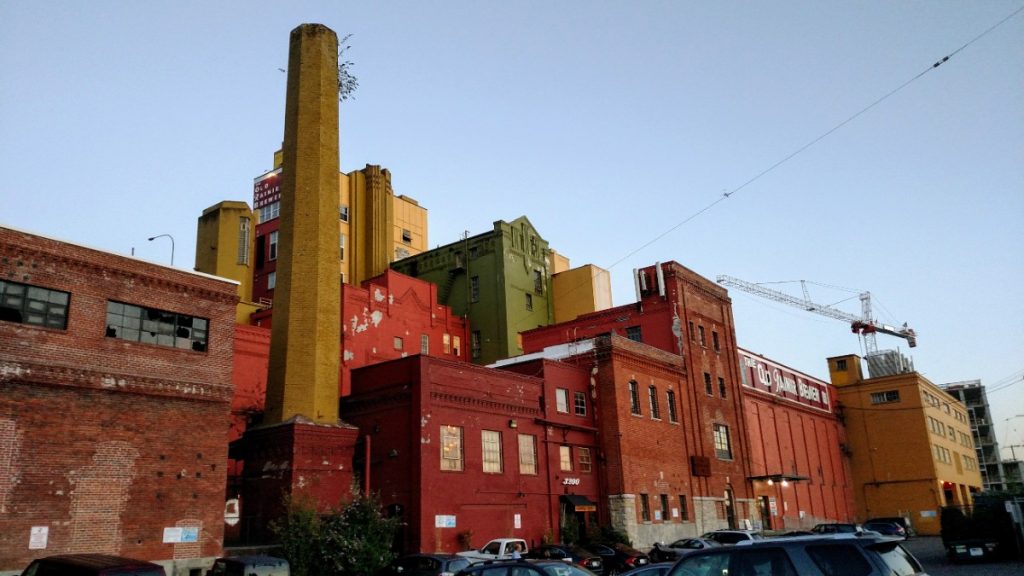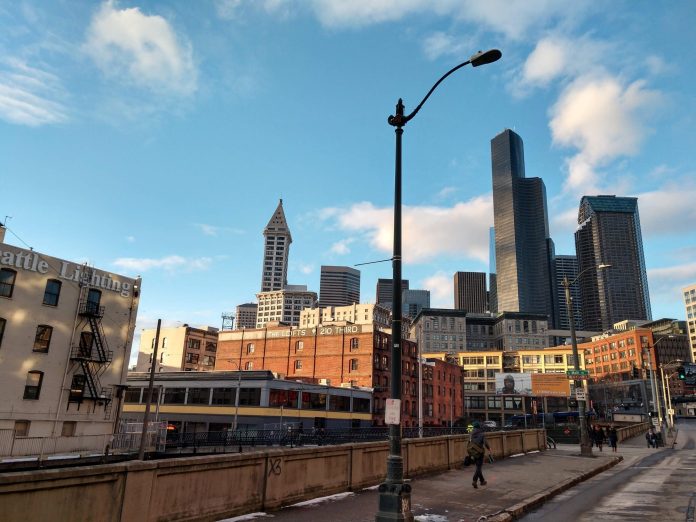In a previous article, I wrote about vertical farming and the technology’s ability to urbanize agriculture. Vertical farming facilitates the urbanization of agriculture with a productivity advantage over conventional agriculture. This presents a viable business case for practicing agriculture in an urban environment, allowing urban agriculture to approach the mainstream.
Vertical farming isn’t alone in the realm of technologies that can introduce sectors of the economy into our modern cityscapes. 3D printing and solar energy have already increased the urban presence of the manufacturing and energy sectors. These technologies and their associated technological families present cities with production niches.
Additive manufacturing and its family of technology, including 3D printing, have the potential to expand urban manufacturing out of small scale manufacturing. Outside of solar, innovations in renewable energy and storage present opportunities to expand the amount of locally generated energy.
These technologies are still in research labs and have yet to make a real impact on cityscapes. Today, cities depend on global production that involves carbon-intensive supply chains and sprawling land use. A shift toward local production can simplify and reduce the environmental impact of global supply chains and it would make us more resilient during pandemics and other catastrophes. Dense urban production can also open up exurban land for other kinds of development or restoration by further concentrating economic opportunity into urban environments.
Economic opportunity
New industries will bring economic opportunity. The technologies that introduce industries into an urban environment provide meaningful job opportunities and local capital injections. A greater presence of other industries also diversifies urban economies, granting them greater resistance in sector specific downturns and dependencies.
That resistance will be helpful as the economy continues to undergo changes from technological advances. Namely, the trend of increased automation–also known as the Fourth Industrial Revolution–will be a key driver for that change. Employment in newly localized sectors will include work with varying levels of resistance to automation. Some of the work will be repetitive and easily automated, but technological innovations could also create work that is more variable and complex mentally-involved work that is harder to automate.
Ideally, an economically viable local producer will price competitively or lower than outside producers. If technological advances can deliver cheaper goods like it has in the past, then expect improvements of affordability for urban life to improve. It won’t address housing, health care, and education, the main offenders of our current affordability crisis, but localized industries could provide some relief. Especially if a carbon fee or tax is implemented, expect local production to become even more competitive
Environmental skepticism and potential boons
Economic viability shouldn’t be a reason to bring other sectors of the economy into cities. If a sector wants to establish itself in close proximity to a dense population it should demonstrate negligible, zero, or positive environmental change. Any failure to demonstrate no or good environmental movement should be checked by a regulatory body.
Strong scrutiny should be placed upon technologies that could negatively impact public health. Many emerging technologies are energy intensive, so their carbon footprints will greatly depend on the energy generation compositions of localities. Localities that are heavily dependent on carbon-based fuels should not be adopting localizing technologies, since they may end up causing more harm to the environment.
Each technology comes with its own environmental challenges. Advanced vertical farms use compounds in the growing process that should be contained and prevented from leaking out of their facilities. Some members of the additive manufacturing family have particulate matter, nanoparticle, volatile organic compound, solvent and wastewater concerns–expect more on that in my next installment. Some renewables technologies have ecological concerns, and then there’s nuclear microreactors that have their fair share of opponents.
Urbanizing the economy can reduce the environmental footprints of urbanites by introducing industries into the urban fold. In some cases, it’s a reintroduction of industries that opted to move away with past innovations. I would argue that new technologies will bring them back in a safer, and cleaner manner.

It is important to recognize the environmental boons that emerging technologies bring. With the caveat of low or zero carbon-based energy generation, vertical farming produces less greenhouse gases and uses less water than conventional agriculture. Additive manufacturing could produce goods that are lighter and stronger than their conventionally produced counterparts, improving the fuel efficiency of their transportation. Local energy production requires less transmission and distribution infrastructure and reduces energy waste.
Local production reduces supply chain emissions. A company’s supply chain is a network between a company and its suppliers to produce and distribute a specific product to the final buyer. Technologies that enable local production shortens and simplifies global supply chains by bringing production closer to consumers. Namely distribution and transportation are impacted the most from local production for a primarily local consumer base.

A 2010 EPA report noted that more than three quarters of an industry sector’s emissions come from its supply chain. The reduction of distance between producers and consumers reduces the need for connective infrastructure. That translates into less wear on roadways and less vehicles miles traveled (VMT). Reduced VMT are also achieved from the increased proximity between labor and employment centers.
Localized industry is increasingly paramount as the population continues to urbanize. As cities continue to grow, reducing every individual’s environmental footprint through structural changes is key to curbing climate change.
Outside of cities, centers of production may be impacted by an urban competitor. In the cases when land intensive exurban producers fail, then their land could be repurposed. Disused agricultural or industrial land could undergo some degree of ecological restoration, restoring prior levels of carbon sequestration.
Exurban communities may accelerate the population’s urbanizing trend rural and with the movement of opportunity, further empowering cities to impact the environmental impacts of its denizens. Meanwhile, declining exurbs will offer opportunities to reclaim large swathes of land for carbon negative conversions.
Political outlook
Urban-exurban disparities will be furthered by the emerging technologies that’ll create competitive urban centers of production. Like past technological change expect them to also generate political tumult and unrest. Residents from exurbs will likely suffer from economic instability as or if their centers of production and employment are met with a rise in efficient and urban competitors.
Increased stability for cities could be found in local production’s added benefit of reduced dependencies on external forces. Improvements in the security of any good can be achieved in a greater local presence of its producer. Greater independence can insulate a city from political and/or environmental tumult, trade wars and natural disasters would have lesser impacts on the prices of locally produced goods.
I’m not making a case for any degree of autarky or isolationism. All localized industries should and have to compete with established and outside players to demonstrate viability for proliferation. Technological advancements are simply granting local production advantages in some niches with better economics than that of conventional methods.
Vertical farming is most competitive in producing leafy greens, but requires more development to make inroads into competitive tree fruit production. 3-D printing will have to become much faster and efficient to cut into mainstream manufacturing, and break out of just prototyping and a few branches of manufacturing.
New technologies are presenting cities and their residents with opportunities to reduce their own carbon footprints, create economic opportunity, and improve commodity security. Public planners should make sure to give new technologies a place in their zoning codes. Local governments should at least be quick to respond to technological developments that could introduce new industries into their population centers.
Simultaneously, It’s also important to strategically balance the land use for these new technologies, and existing needs vying for limited real estate. Housing advocates may take issue with regulation that potentially allocates land to industry. Those wary of displacement will want effective protections for displacement from capital inflows. Economic displacement of the exurban population will also have to be monitored and responded to, since previous instances of technological displacement have already ravaged many segments of the population.
Ideally, I would like to see dense development that mixes abundant and diverse centers of employment and production, with consumers and a sufficient housing supply. Before localizing technologies emerge, whatever policies that materialize should allow for or spur their establishment. Policymaking that occurs during the potential maturation of urban production should provide accommodations and relief to those experiencing displacement.
I plan on writing a series of articles on technologies that present an opportunity to introduce sectors into urban areas. I will address environmental and health concerns that the technology and its sector presents to urbanites. Depending on how mature the technology economic viability will also be discussed. Upcoming topics include additive manufacturing soon and local green energy production.
Shaun Kuo is a junior editor at The Urbanist and a recent graduate from the UW Tacoma Master of Arts in Community Planning. He is a urban planner at the Puget Sound Regional Council and a Seattle native that has lived in Wallingford, Northgate, and Lake Forest Park. He enjoys exploring the city by bus and foot.


